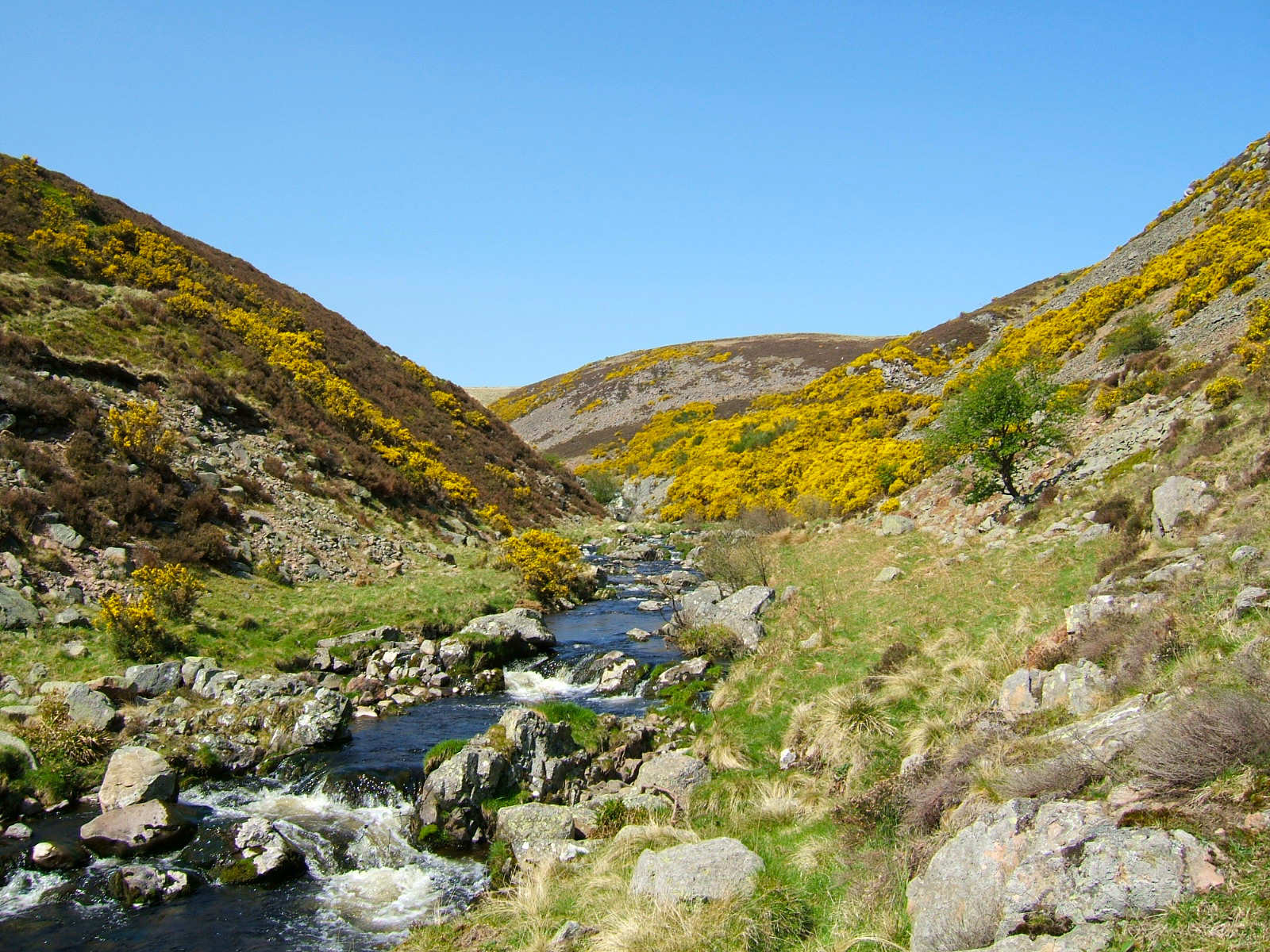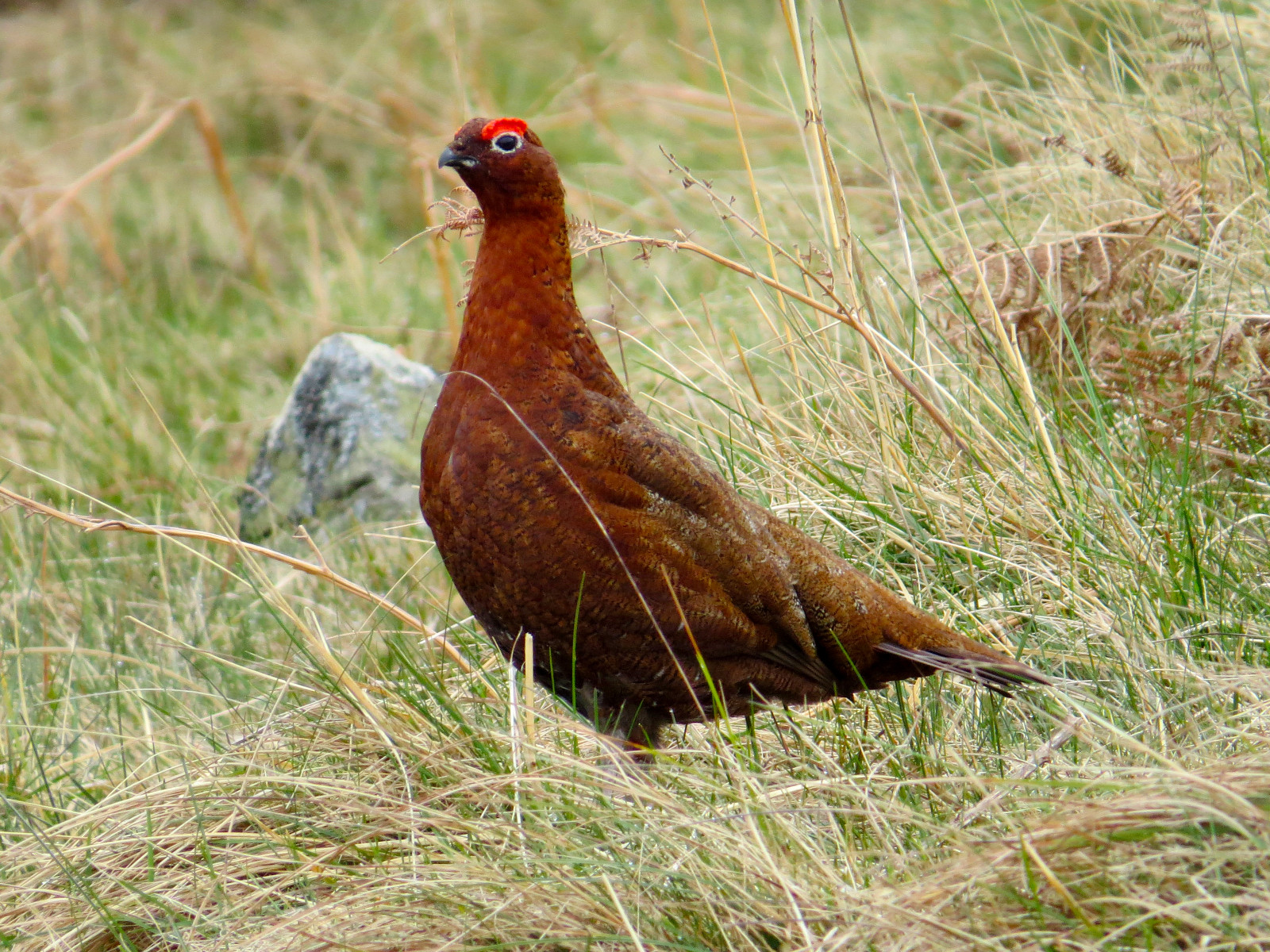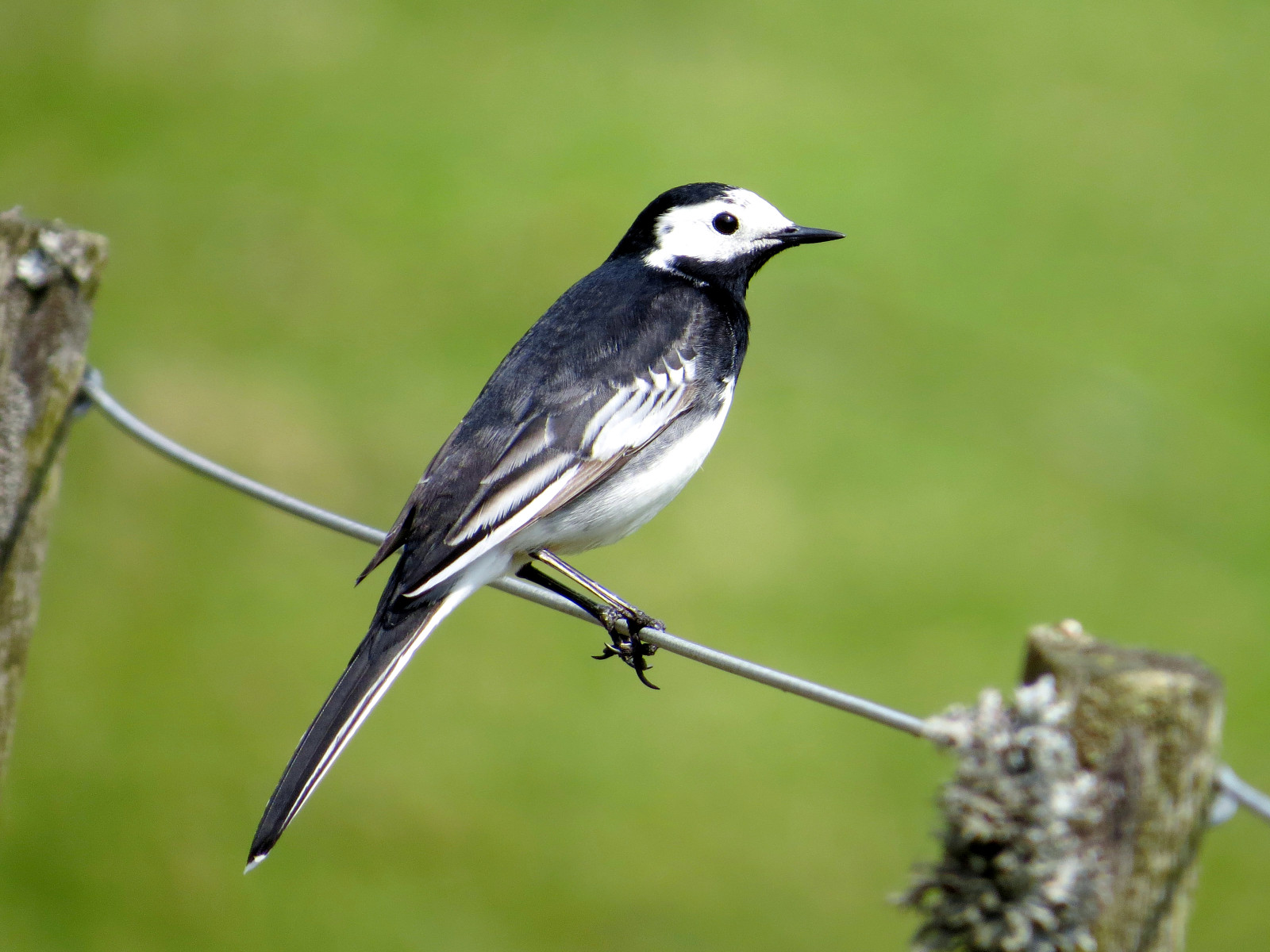Descripción
The Harthope is one of Northumberland's best upland valleys, with a mix of semi-natural Alder-Oak-Birch-Hazel woodland, Hawthorn scrub, sheep-grazed grass, and higher up, heather moors and some rocky crags and scree. The highest ground, on The Cheviot (815 m), is topped with blanket Sphagnum bog. If you are very lucky, the strenuous climb to the top may be rewarded with Chorlito Carambolo on migration in May or September.
In the higher, steeper parts of the valley, Mirlo Capiblanco breed, together with Collalba Gris. Large numbers of Bisbita Pratense (the commonest bird here!) and Alondra Común breed on the more open grassy slopes. The heather moors have large populations of Lagópodo Común, sadly now managed for shooting; shooters also release large numbers of Perdiz Roja and Faisán Vulgar every year, likely with major detrimental effects on native ground-nesting birds. The lower slopes and woods hold Pito Real and Cuco Común, and Tarabilla común is a recent colonist with milder winters allowing their survival. Warblers include Mosquitero Musical, Mosquitero Común, Curruca Mosquitera, Curruca Capirotada and Curruca Zarcera. Few waders are present, but Chocha Perdiz are resident in small numbers and Ostrero Euroasiático and Andarríos Chico breed along the Harthope Burn; there are also good numbers of Mirlo-acuático Europeo and Lavandera Cascadeña on the burn.
Sadly, the site has not escaped the general declines in so many species; several have disappeared or become very scarce in recent years. Bisbita Arbóreo, Papamoscas Cerrojillo, Carbonero Palustre and Mosquitero Silbador have all been lost or become hard to find, and even Colirrojo Real and Tarabilla Norteña are much harder to find than just a few years ago. Raptors too have also become less easy to find, with just a few Busardo ratonero and the odd Cuervo Grande, while Aguilucho pálido and Halcón Peregrino have largely disappeared, probably due to illegal persecution related to the grouse shooting.
Like most upland sites, the area is bleak in winter, though deep snow seems to be largely a thing of the past. Despite this, good numbers of Zorzal Alirrojo and Zorzal Real can be found, and the Birch and Alder woods attract Pardillo Alpino and Jilguero Lúgano additional to the resident breeding numbers.
Detalles
Accesso
Unfortunately, only accessible by car; no public transport nearby. Steep slopes on the road in make the site difficult for cyclists. Click on a P in the map for directions.
Terreno y habitat
Bosque , Montaña , Cañón/acantilado , Árboles y arbustos dispersos , Pradera , Meseta , Valle , Brezales , RíoCondiciones
Montañoso , Plano , Pantanoso , Montañoso , Rocoso , Paisaje abiertoCamino circular
No¿Se necesita telescopio?
Puede ser útilBuena época para el avistamiento de aves
Primavera , VeranoMejor momento para visitar
PrimaveraRuta
Camino pavimentado , Camino ancho , Camino sin asfaltar , Camino estrechoCamino difícil de andar
AgotadorAccesible vía
A pie , CocheEscondite de observación / plataforma
NoInformación extra
This is one of the best places in Northumberland to see Adders (Vipera berus), Britain's only venomous snake, though they are not easy to find. Cool but sunny days in spring offer the best chances, when they come out into the open to bask in the sun. For their (and your own!) safety, do not touch them. Other 'non-birds' to look for include Common Toad, Roe Deer and Brown Hare.


